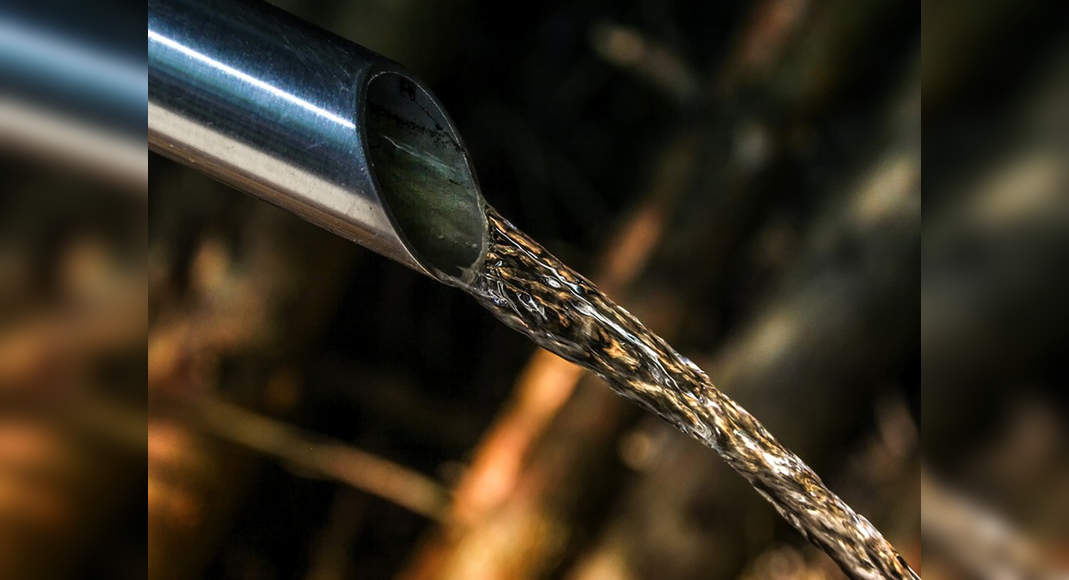NEW DELHI: With the rapid increase in Delhi’s population, the water demand in the already water-stressed city is likely to reach 1,455 million gallons per day (MGD) by 2041.
City planners aim to reduce the per capita water consumption from the existing 60 gallons per capita per day (GPCD) to 50 by, among many measures, introducing mandatory water-saving plumbing fixtures, promoting wastewater reuse and water-sensitive urban designs in open spaces to ensure maximum stormwater retention.
The per capita supply in land pooling areas will likely be even lower at 40 GPCD.
The draft Master Plan for Delhi 2041 says water conservation features will have to be inbuilt in layout and building designs.
MPD41 notes that Delhi is steadily moving towards water scarcity and achieving water security will require the replanning of the current supply-oriented water management approach.
The city has an installed capacity of 935 MGD against a demand of 1,140 MGD.
This demand is estimated to rise to 1,746 MGD by 2031 with water-saving interventions, if successfully implemented, limiting the demand to 1,455 MGD.
TimesViewDelhi has always been a water scarce city.
Several colonies suffer from acute shortage, especially in the summer.
In any case, water supply isn’t infinitely stretchable and cannot forever match the growth of population.
Countries like Israel, Singapore and Kuwait have shown the way through water recycling.
India, especially Delhi, should learn.
The Master Plan must be proactively put into practice.The draft plan states that due to the limited availability of raw water, Delhi Jal Board wishes to rationalise and progressively reduce per capita demand by 10 gallons per day and supplement raw water with treated recycled water for non-potable purposes to be able to supply enough water to Delhi’s estimated 29.1 million population in 2041.
All areas developed under the land-pooling schemes should have conservation features built into the layout and building design, while demand in green development areas planned on the city’s outskirts will be met mostly with treated wastewater.
MPD41 clearly states that regeneration schemes and transit-oriented development projects will not receive more water than the existing requirement.
An important agenda is 100% wastewater treatment and reuse.
MPD41 says, “Dual piping and wastewater reuse is to be mandatory in new development projects with consumption beyond a fixed minimum level.” In the dual piping system, fresh water and treated wastewater for non-potable uses are supplied separately.
DJB has stated that plumbing infrastructure for dual piping is too costly for implementation in existing buildings, so only future projects will have such provisions.
Low water consumption plumbing will also be made mandatory for all new projects and all existing government and commercial buildings.
Another key focus of water policy is resilience to flooding and maximising the capture of stormwater.
MPD41 endorses aquifer recharge ponds and lakes in the Yamuna floodplain, greenways along natural drains and lakes for using treated wastewater for groundwater recharge, all projects that have moved at glacial pace in the past several years.
There’s now a need for large storage facilities to collect rainwater along with water-sensitive designs, such as swales, in parks and open areas.







